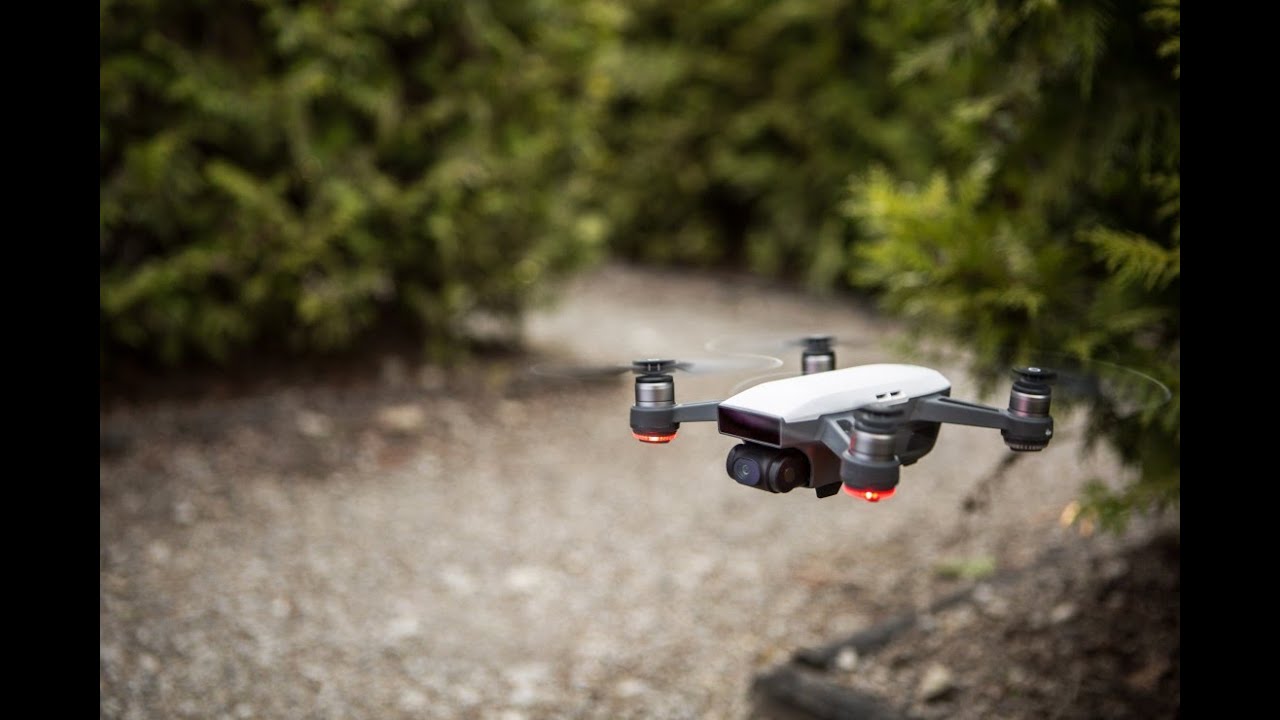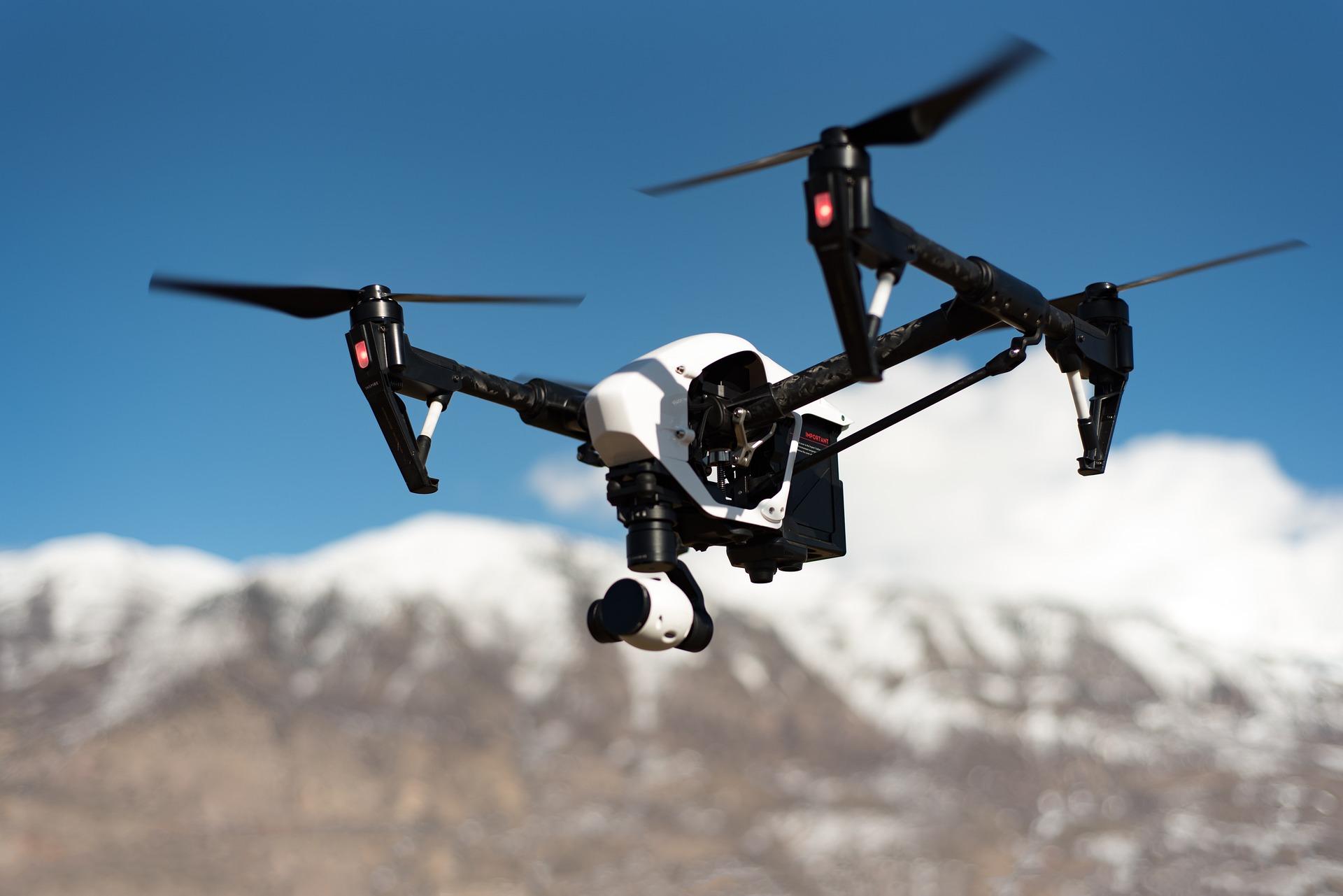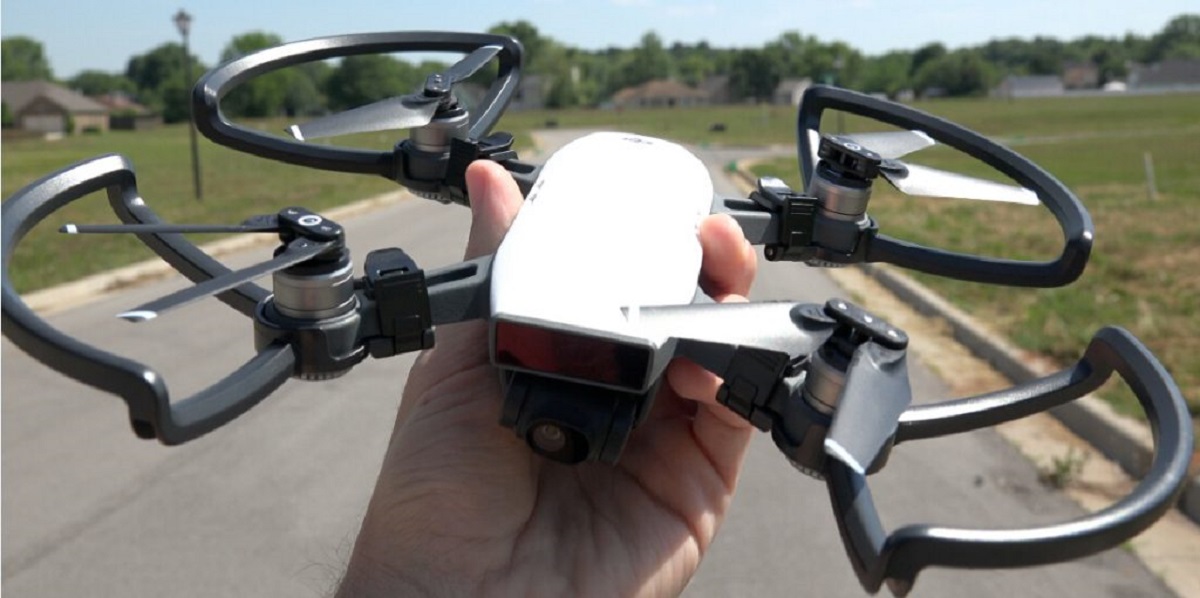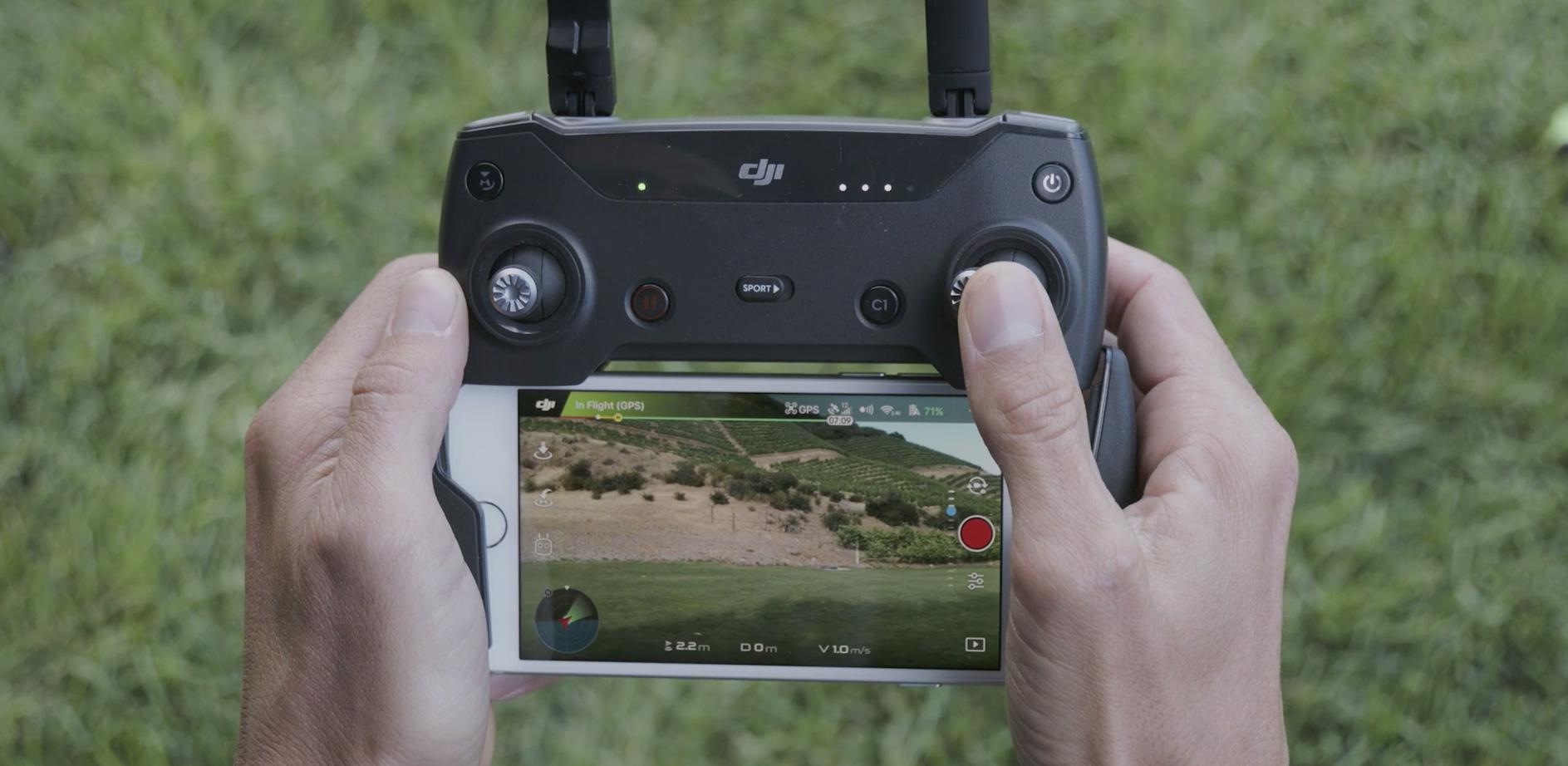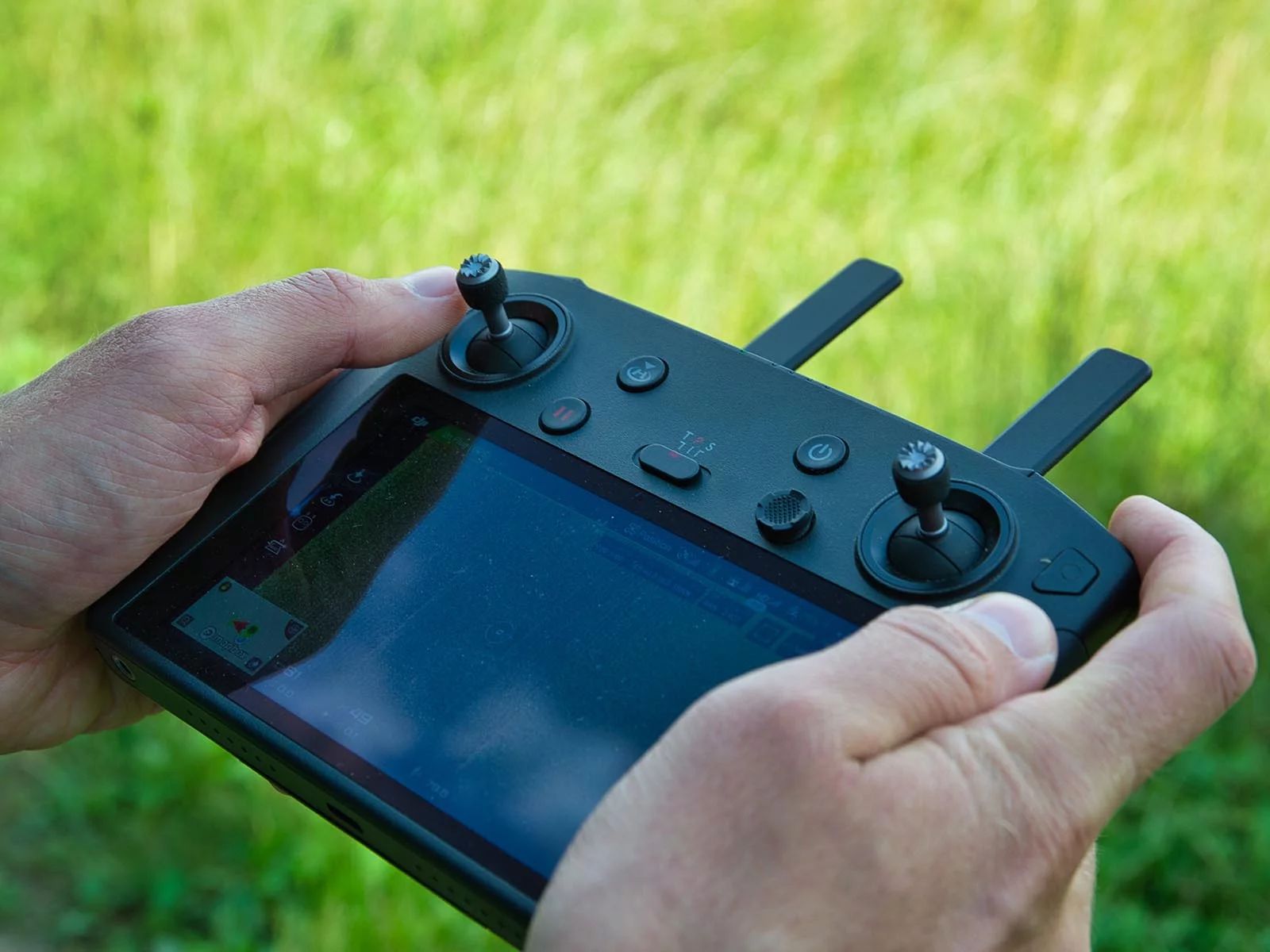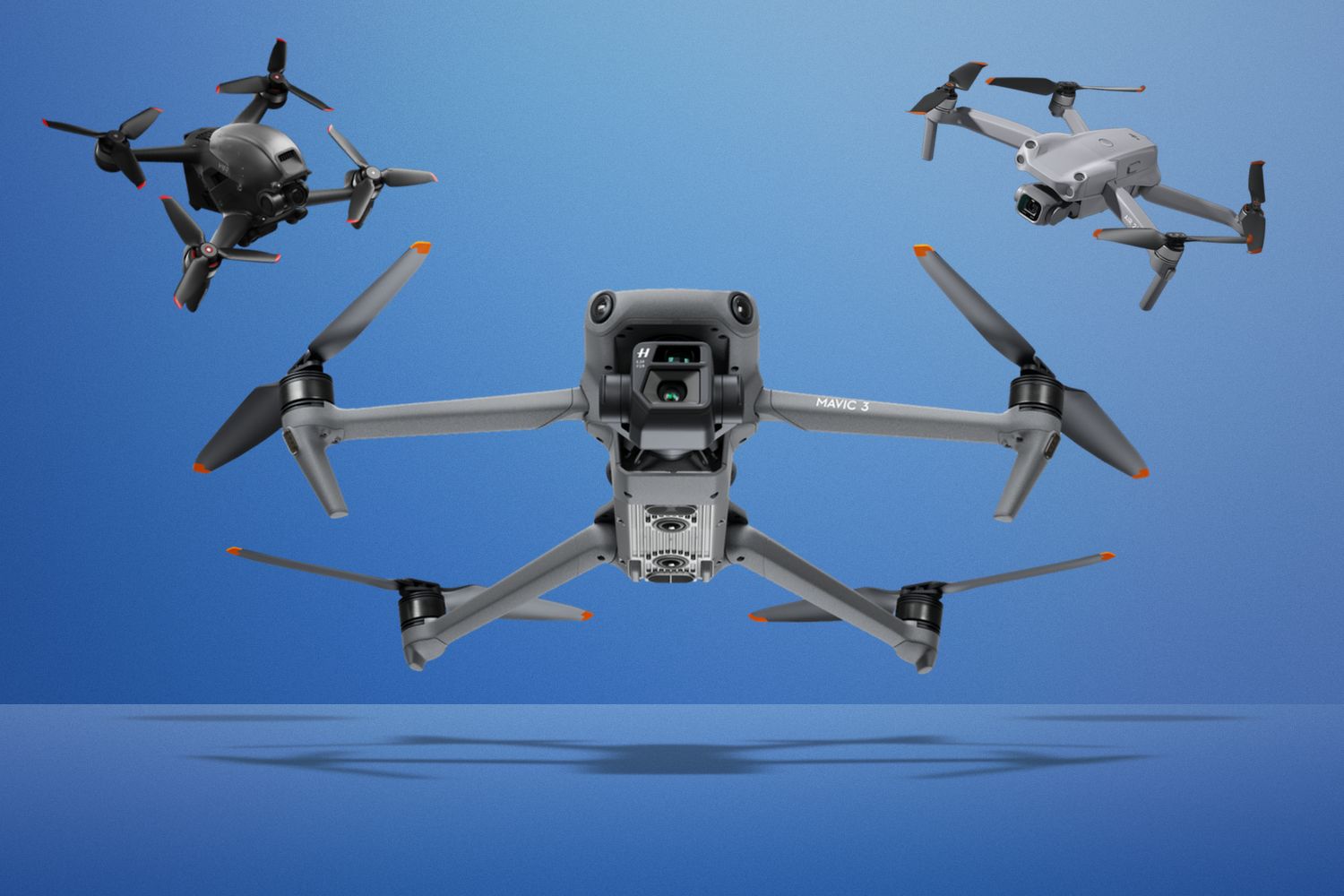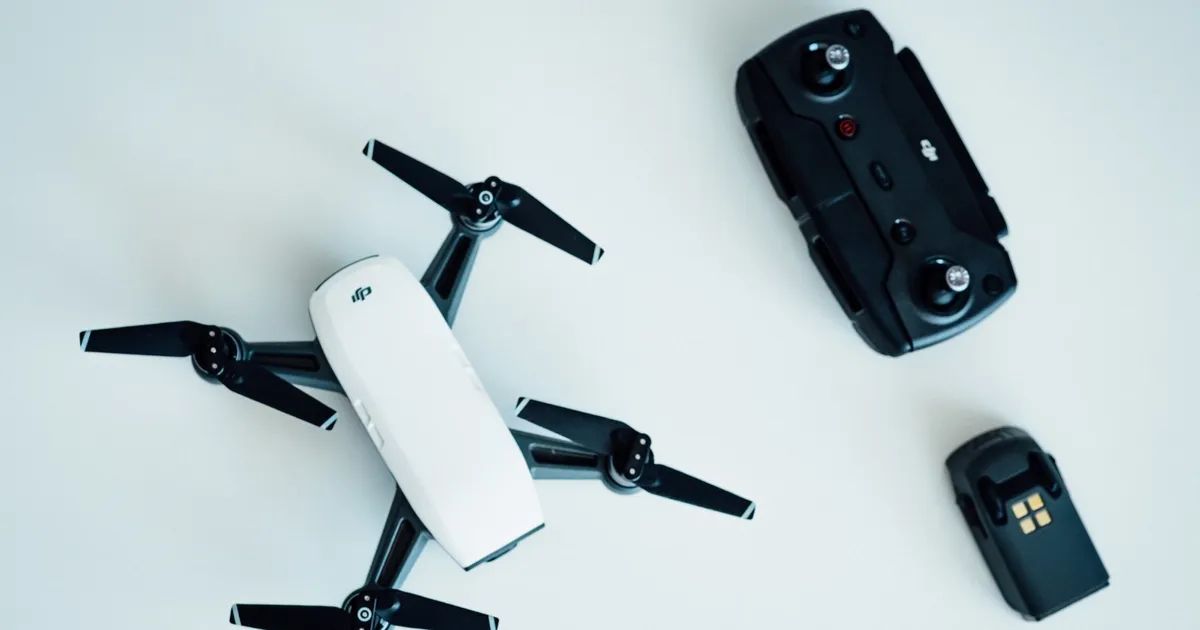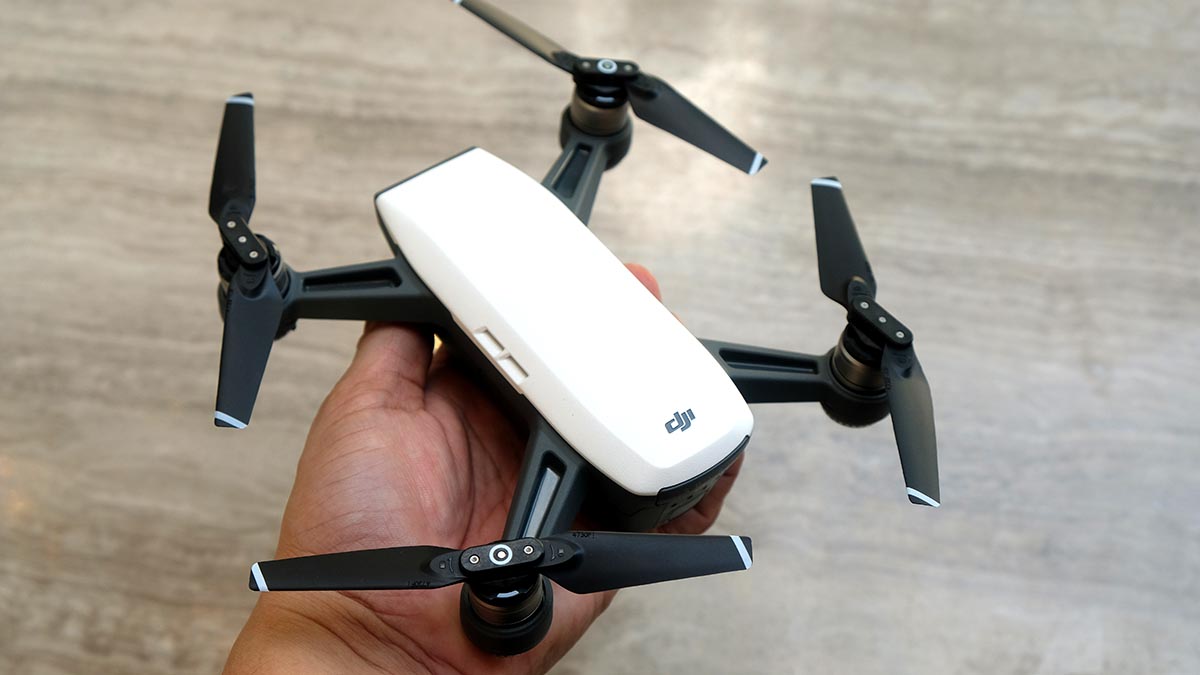Introduction
Welcome to our in-depth exploration of the DJI Spark’s flight range. As a proud owner of this compact and powerful drone, you may be wondering just how far it can fly and what factors can affect its flight range. In this guide, we’ll delve into the specifications of the DJI Spark, discuss the factors that can impact its flight range, address legal restrictions related to its operation, and provide tips on how to maximize its flight range.
The DJI Spark is a marvel of engineering, packing impressive features into a compact and portable design. With its 2-axis gimbal camera, 12-megapixel sensor, and Full HD video recording capability, it’s no wonder that this drone has gained popularity among both beginners and professional aerial photographers. But the DJI Spark’s flight range is a crucial aspect to consider when planning your aerial adventures.
Before we delve into the technical details, let’s talk about flight range in general. Flight range refers to the maximum distance that a drone can fly away from the controller while maintaining a stable connection. It is an essential factor to keep in mind to ensure a safe and satisfying flying experience.


The DJI Spark comes with a specified flight range, but it’s important to understand that several factors can affect the actual distance you can fly your drone. Understanding these factors, as well as any legal restrictions, is key to making the most of your DJI Spark’s capabilities and ensuring a smooth and enjoyable flight.
In the following sections, we will explore the specifications of the DJI Spark, discuss the factors that can affect its flight range, highlight any legal restrictions you need to be aware of, and provide tips on maximizing its flight range. Whether you’re a hobbyist looking for breathtaking aerial shots or a professional photographer aiming to capture unique perspectives, understanding the flight range of your DJI Spark is essential.
Specifications of the DJI Spark
Before we delve into the flight range of the DJI Spark, let’s take a closer look at its specifications. Understanding the capabilities of this drone will help us appreciate its flight range better.
The DJI Spark is a compact and lightweight drone that weighs just 300 grams, making it incredibly portable and easy to carry with you wherever you go. It features a 2-axis mechanical gimbal that provides stabilization for its 12-megapixel camera, allowing you to capture crisp and clear photos. Additionally, the Spark can record videos in Full HD 1080p resolution at 30 frames per second.
This drone is equipped with a maximum flight speed of 31 mph and a maximum ascent and descent speed of 9.8 ft/s. It can ascend to a maximum altitude of 13,123 feet above sea level. The DJI Spark comes with a powerful battery that provides up to 16 minutes of flight time, depending on various factors such as wind conditions and flight maneuvers.
The DJI Spark is incredibly maneuverable and responsive, thanks to its intelligent flight modes and obstacle sensing system. It offers features such as QuickShot, which allows you to capture cinematic shots with just a few taps on your smartphone screen. The Spark also has gesture control capabilities, enabling you to control it using hand gestures for a truly immersive flying experience.
With its compact size and advanced features, the DJI Spark is a versatile drone suitable for both beginners and experienced pilots. It provides an excellent platform for capturing aerial photographs and videos, all while offering a user-friendly flying experience.
Now that we have a good understanding of the DJI Spark’s specifications, let’s explore how these specifications translate into the drone’s flight range.
Understanding the Flight Range
The flight range of a drone refers to the maximum distance it can travel from the remote controller while maintaining a stable connection. Understanding the flight range of the DJI Spark is essential to ensure a safe and enjoyable flying experience.
The DJI Spark has a specified flight range of up to 1.2 miles or 2 kilometers. However, it’s important to note that this range can vary depending on several factors. These factors include environmental conditions, radio interference, battery level, and flight mode.
Environmental conditions play a significant role in determining the actual flight range of the DJI Spark. Flying in an open area with minimal obstacles and interference will generally result in a longer flight range. On the other hand, flying in urban areas with tall buildings and other structures can limit the range due to signal interference.
Radio interference can also affect the flight range of the DJI Spark. The presence of strong radio signals, such as from cell towers or other wireless devices, can interfere with the drone’s connection to the remote controller. It’s essential to be aware of your surroundings and avoid areas with high levels of radio interference to ensure a stable connection and maximize the flight range.
The battery level of the DJI Spark is another crucial factor that impacts the flight range. As the battery drains, the available power for the drone’s communication system decreases, thus reducing the range. It’s important to monitor the battery level during flight and return the drone to the landing area before the battery becomes critically low.
Flight mode selection can also affect the flight range of the DJI Spark. For example, when flying in Sport mode, the drone can reach its maximum speed but at the expense of shorter flight range. On the other hand, flying in a GPS mode allows for longer range but at a reduced speed. Choosing the appropriate flight mode based on your needs and flight conditions can help optimize the drone’s flight range.
Understanding these factors and their impact on the DJI Spark’s flight range is crucial for planning and executing your flight operations safely and efficiently. By taking into consideration the environmental conditions, avoiding radio interference, monitoring the battery level, and selecting the appropriate flight mode, you can maximize the flight range of your DJI Spark and make the most of your aerial adventures.
Factors That Affect Flight Range
Several factors can influence the flight range of the DJI Spark. Understanding these factors will help you optimize your flying experience and make the most of your drone’s capabilities. Let’s take a closer look at the key factors that can affect the flight range:
- Environmental Conditions: Flying in an open area with minimal obstacles and interference will generally result in a longer flight range. Conversely, flying in urban areas with tall buildings and other structures can limit the range due to signal interference. It’s important to choose a suitable location for flying that allows for optimal signal transmission and minimal interference.
- Radio Interference: The presence of strong radio signals, such as from cell towers or other wireless devices, can interfere with the drone’s connection to the remote controller. To maximize the flight range, it’s crucial to fly in areas with low radio interference and avoid crowded areas with high levels of signal congestion.
- Battery Level: The flight range can be impacted by the battery level of the DJI Spark. As the battery drains, the available power for the drone’s communication system decreases, thus reducing the range. It’s important to monitor the battery level during flight and return the drone to the landing area before the battery becomes critically low.
- Flight Mode: The flight mode selected on the DJI Spark can also affect the flight range. Different flight modes offer varying levels of performance and range. For example, Sport mode allows for faster flight but at the expense of shorter range, while GPS mode provides a longer flight range but at a reduced speed. Choosing the appropriate flight mode based on your needs and flight conditions is crucial to optimizing your drone’s flight range.
By considering these factors and taking proactive measures, such as flying in open areas, avoiding radio interference, monitoring battery levels, and using the appropriate flight mode, you can optimize the flight range of your DJI Spark and ensure a successful and enjoyable flying experience.
Legal Restrictions on Flying the DJI Spark
When flying the DJI Spark, it’s crucial to be aware of the legal restrictions and regulations to ensure compliance and safety. Different countries and regions may have varying rules regarding drone operations. Let’s explore some common legal restrictions you should keep in mind:
- Registration: In many countries, drones, including the DJI Spark, need to be registered with the aviation or relevant authorities. This registration process ensures accountability and helps in tracking drone ownership.
- Airspace Restrictions: There are specific areas where drone flights are prohibited or restricted, such as national parks, airports, military facilities, and government buildings. Familiarize yourself with the airspace restrictions in your area and avoid flying your DJI Spark in these restricted zones.
- Flying Height Restrictions: Many regions have set limits on the maximum altitude at which drones can be flown. It’s important to follow these height restrictions to prevent interference with other aircraft and to ensure the safety of your drone.
- Visual Line of Sight: In most countries, it is a requirement that you maintain a visual line of sight with the drone at all times during flight. This means you should be able to see the DJI Spark without the aid of binoculars or other devices.
- Privacy Concerns: Respecting the privacy of others is crucial when flying a drone. Avoid flying over private property without permission and adhere to any local laws or regulations related to privacy concerns.
- Commercial Operations: If you plan to use your DJI Spark for commercial purposes, such as aerial photography or videography, you may need to obtain additional licenses or permits. Ensure that you are aware of the legal requirements for commercial drone operations in your area.
It’s important to note that these legal restrictions can vary from country to country and even within different regions of the same country. Stay informed about the local rules and regulations governing drone operations in your area and always fly your DJI Spark in a responsible and lawful manner.
By complying with the legal restrictions on flying the DJI Spark, you can ensure the safety of yourself, others, and the drone itself, while also enjoying the incredible aerial capabilities of this modern technology.
Tips to Maximize the Flight Range of DJI Spark
If you’re looking to maximize the flight range of your DJI Spark, there are several tips and techniques you can follow. By implementing these strategies, you can extend your drone’s range and enjoy longer and more expansive flights. Let’s explore some of the key tips:
- Choose the Right Location: Flying in open areas with minimal obstacles and interference is key to maximizing flight range. Find locations with low radio interference and avoid areas with tall buildings or other structures that can disrupt signal transmission.
- Monitor the Battery Level: Keeping an eye on the battery level is essential. Make sure to start your flight with a fully charged battery and bring spare batteries if needed. Return the drone to the landing area before the battery level becomes critically low to maximize the flight duration.
- Update Firmware and Software: Always ensure that your DJI Spark’s firmware and accompanying software are up to date. Updates often include performance improvements and optimized flight algorithms, which can potentially enhance the drone’s flight range.
- Keep the Drone in Line of Sight: Maintain a visual line of sight with your drone at all times. This allows you to have better control and situational awareness, ensuring a safer and more efficient flight. Avoid flying the DJI Spark behind obstacles or at long distances that may hinder your line of sight.
- Fly in Favorable Weather Conditions: Favorable weather conditions, such as clear skies and mild winds, can positively impact flight range. Flying in windy or adverse weather conditions can reduce the flight range, so it’s best to fly the DJI Spark on calm days for optimal performance.
- Optimize Flight Mode Selection: Different flight modes offer varying levels of performance and range. Experiment with different flight modes to find the balance between speed and range that suits your needs. Keep in mind that GPS mode typically provides better range but at a slower speed compared to Sport mode.
- Avoid Signal Interference: Minimize signal interference by staying away from areas with high levels of radio signals. Avoid flying near cell towers, power lines, or other wireless devices that may interfere with the drone’s connection to the remote controller.
By following these tips, you can maximize the flight range of your DJI Spark and enjoy longer, more expansive flights. Remember to always fly responsibly, respect local regulations, and prioritize safety during your drone operations.
Common Misconceptions about DJI Spark’s Flight Range
When it comes to the flight range of the DJI Spark, there are some common misconceptions that can lead to misunderstandings. It’s important to debunk these misconceptions to have a clear understanding of the drone’s capabilities. Let’s address some of the most common misconceptions:
- Misconception 1: The Specified Flight Range is Always Achievable: The DJI Spark’s specified flight range is up to 1.2 miles or 2 kilometers. However, it’s important to remember that this range is under optimal conditions, without any interference and with a fully charged battery. In real-world scenarios, various factors can affect the actual flight range, such as environmental conditions, radio interference, and battery level.
- Misconception 2: Flying the DJI Spark Beyond Visual Line of Sight is Easy: Some people assume that flying the drone beyond visual line of sight (BVLOS) is simple and achievable. However, it’s important to note that BVLOS operations require special permission and adherence to regulations. Maintaining visual contact with the drone is essential for safety and legal compliance.
- Misconception 3: Signal Boosters Extend the Flight Range: While signal boosters can enhance signal strength, they don’t necessarily increase the flight range of the DJI Spark. A signal booster can improve the stability of the connection within the existing range, but it cannot bypass the drone’s hardware limitations or overcome legal restrictions.
- Misconception 4: Upgrading the Drone Firmware Always Increases Flight Range: Firmware updates often provide performance improvements and optimized flight algorithms, but they don’t always directly increase the flight range. Although firmware updates can enhance the overall capabilities of the DJI Spark, it’s not guaranteed that every update will specifically boost the drone’s range.
- Misconception 5: Extended Flight Range is Always Better: While it’s tempting to pursue the longest flight range possible, it’s important to balance range with other factors such as flight time, battery life, and regulatory restrictions. Pushing the limits of the flight range excessively can lead to compromised flight safety and potential legal issues.
Understanding these common misconceptions surrounding the DJI Spark’s flight range is crucial for responsible and informed drone flying. By having realistic expectations and being aware of the limitations and considerations, you can make the most of your DJI Spark’s capabilities while ensuring safe and enjoyable flights.
Conclusion
In conclusion, understanding the flight range of the DJI Spark is essential for making the most of your drone and ensuring a safe and enjoyable flying experience. While the DJI Spark is equipped with impressive features and capabilities, it’s important to be aware of the factors that can affect its flight range.
Factors such as environmental conditions, radio interference, battery level, and flight mode can impact the actual distance the DJI Spark can fly. By choosing the right location, monitoring the battery level, updating firmware and software, and optimizing flight mode selection, you can maximize the flight range and extend your aerial adventures.
Additionally, it’s crucial to be knowledgeable about the legal restrictions on flying the DJI Spark. Registering the drone, adhering to airspace restrictions, respecting privacy concerns, and obtaining necessary permits for commercial operations are vital for lawful and responsible drone flying.
Lastly, debunking common misconceptions about the DJI Spark’s flight range is important for having realistic expectations and informed decision-making. Understanding that the specified flight range is not always achievable under all conditions and that signal boosters and firmware updates may not directly enhance the range can prevent disappointment and frustration.
By following the tips and guidelines mentioned in this guide, you can maximize the flight range of your DJI Spark, fly within legal boundaries, and have an amazing aerial photography and videography experience.
Remember, responsible and safe drone flying not only protects your investment but also ensures the safety of others and preserves the integrity of the hobby for everyone to enjoy. So, navigate the skies with caution, creativity, and respect!







